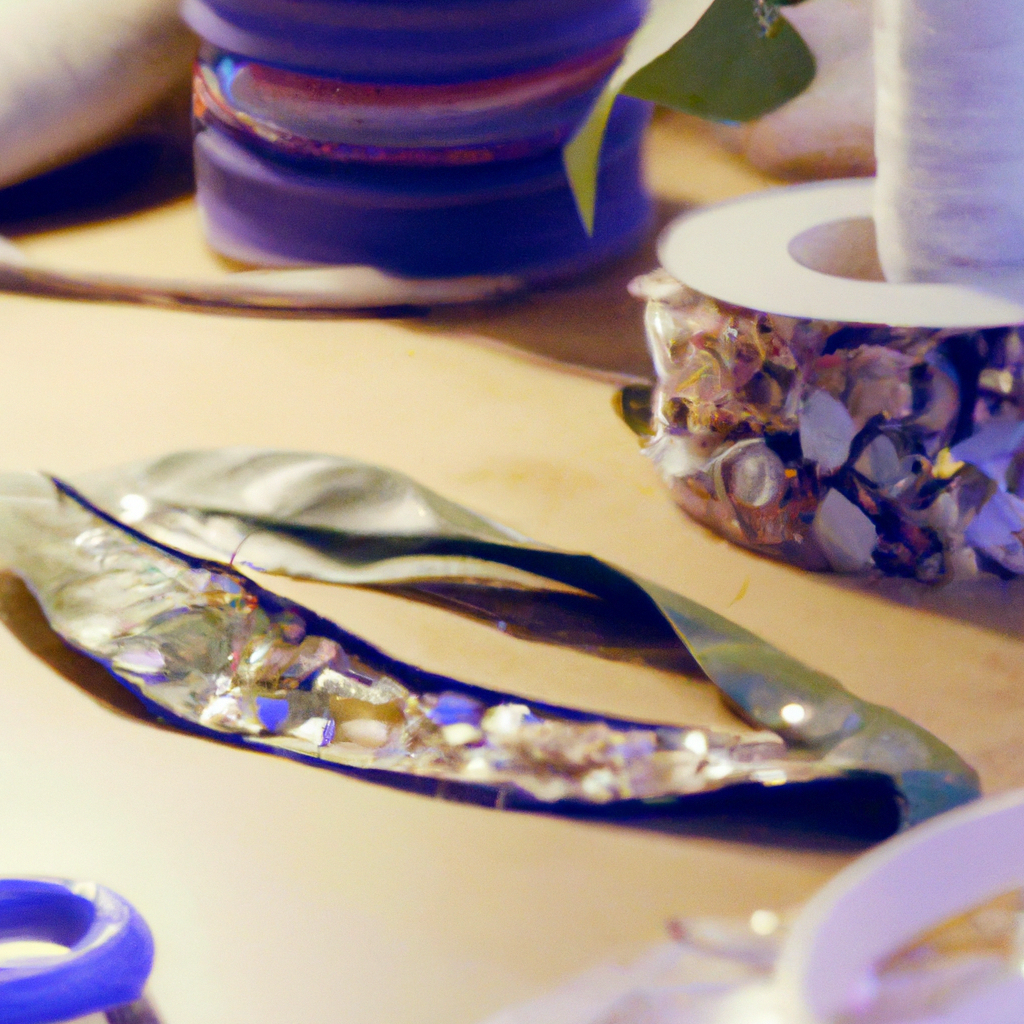Upcycling has become increasingly popular in recent years as people look for ways to reduce waste and lessen their impact on the environment. One area where upcycling has really taken off is in the world of fashion and accessories. Upcycling old textiles to create unique and eco-friendly jewelry is a great way to get creative and make use of materials that might otherwise be discarded. In this article, we’ll take a closer look at the process involved in creating upcycled textile jewelry and explore some of the benefits of sustainable fashion and ethical accessories.
What is Upcycled Textile Jewelry?
Upcycled textile jewelry is a type of handmade jewelry that is made from recycled materials. These materials can include anything from old fabric scraps to discarded clothing or even broken or outdated jewelry pieces. The idea behind upcycling is to take materials that might otherwise end up in a landfill and transform them into something new and beautiful.
The Process of Creating Upcycled Textile Jewelry
The process of creating upcycled textile jewelry can vary depending on the materials being used and the individual artist’s style and approach. However, there are a few key steps that are often involved:
1. Sourcing Materials: The first step in creating upcycled textile jewelry is to source the materials. This might involve scouring thrift stores and second-hand shops for interesting fabrics, or repurposing items from your own closet. Some artists also work with scraps of fabric that are donated to them or that they find at fabric stores or online.
2. Sorting and Preparing Materials: Once the materials have been gathered, they need to be sorted and prepared. This might involve washing and ironing fabrics, cutting them into smaller pieces, or even dyeing them to create a specific color palette.
3. Designing and Planning: With the materials prepared, the artist can begin to design and plan their jewelry pieces. This might involve sketching out ideas or experimenting with different combinations of fabrics and other materials.
4. Assembling the Jewelry: Once the design is finalized, the artist can begin assembling the jewelry. This might involve sewing or gluing fabrics together, adding embellishments like beads or buttons, or attaching hardware like clasps or chains.
5. Finishing Touches: Finally, the jewelry is finished with any necessary final touches like polishing or adding a protective coating.
Benefits of Upcycled Textile Jewelry
There are many benefits to creating and wearing upcycled textile jewelry. Some of these include:
– Unique Style: Upcycled textile jewelry is one-of-a-kind and often has a unique, handmade feel that can’t be found in mass-produced accessories.
– Eco-Friendly: By using recycled materials, upcycled textile jewelry helps to reduce waste and lessen our impact on the environment.
– Ethical Fashion: Upcycling is a form of ethical fashion that supports sustainable and responsible practices.
– DIY Options: For those who enjoy crafting and DIY projects, upcycled textile jewelry is a great way to get creative and make something beautiful from materials that might otherwise go to waste.
– Artisanal Quality: Because upcycled textile jewelry is often handmade, it has an artisanal quality that adds to its charm and appeal.
In conclusion, upcycled textile jewelry is a great way to get creative and make use of materials that might otherwise be discarded. By following the steps outlined above and exploring different design ideas, anyone can create unique and eco-friendly jewelry that is both stylish and sustainable. Whether you’re looking for a DIY project or want to support ethical fashion practices, upcycled textile jewelry is a great option to consider.







